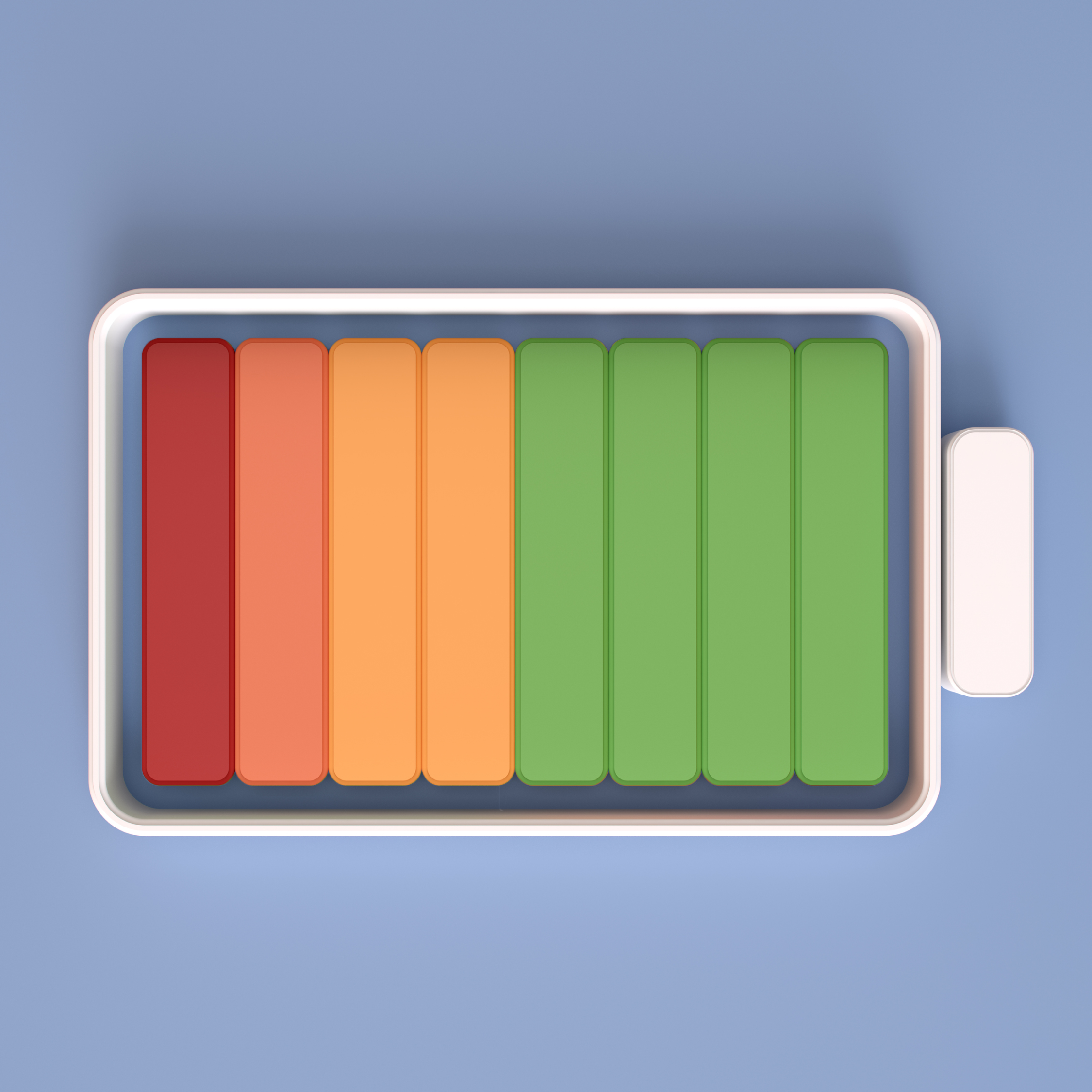I’m sure we’ve all had a time where we’ve sat down for five minutes to check Facebook and look up half an hour later, wondering where the time went.
Social media giants like Facebook, Instagram and TikTok know how to keep you on their platforms, and during 2020 alone we lost time equivalent to the entire month of February to mindless scrolling- ouch!
This alarming statistic is one of the reasons Spacetalk doesn't have social media on any of its devices. It is now more important than ever to teach kids healthy tech habits before they tumble down the rabbit hole of social media addiction and fall prey to the whims of algorithms.
But what is it exactly that makes social media so addictive, and what problems can this cause for our kids? Let’s break it down.
The “dopamine loop” and kids
Social media addiction is very real, thanks to the feel-good hormone dopamine. When kids see notifications for likes, comments and follows every time they open Facebook, TikTok or Instagram, their brain releases a flood of the feel-good hormone dopamine.
This creates a “dopamine loop” where the brain gets rewarded when kids access social media, meaning they’ll do it more and more to get the same good feeling. It’s the perfect set up for social media addiction.
Dr Tanveer Ahmed spoke on 2GB radio about how dangerous this can be, stating that tech companies exploit our biological vulnerabilities for profit, which in the case of social media is our very human need for connection.
“Commercially we get better and better at exploiting our biological vulnerabilities and technology does it in a more sophisticated way than ever before” says Dr Ahmed.
It’s no surprise social media sites are designed to be addicting it’s in their financial interest. In 2021 alone TikTok made 4.6 billion dollars in revenue. The more time users spend on the platform, the more ads they’re exposed to and the more money the company makes.
With kids being so impressionable and social media companies doing everything they can to keep people on their platforms, what affect does this have on young minds?
Signs of social media addiction in kids and teens
• Lack of interest in other activities
• Loneliness
• Trouble focussing
• Not getting enough sleep
• Inability to manage time
• Difficulty making friends
• Social withdrawal
• Anxiety
• Depression
Healthy tech habits
Don’t use technology as an escape
It’s easy to give a crying child a phone or iPad to keep them quiet, and there’s nothing wring with doing this occasionally, but problems start when this becomes the go-to response to tears.
Kids associate technology with comfort, laying the foundations for an unhealthy tech relationship very early on.
Breathing exercises, distracting the mind with a book and labelling emotions are just some of the tech-free ways kids can learn to cope with big feelings.
Set limits
Having screen limits can help kids learn when screens are and aren’t an appropriate part of their routine.
Simple rules like no phones during meals, in the bathroom, while doing homework, an hour before bed or within an hour of waking up are setting kids up for good habits when they’re older.
Get in the real world
Playing games online with friends is a lot of fun, but make sure kids have a balance when it comes to screen-based time with friends.
Encourage kids to enjoy activities that don’t involve a screen, such as playing sport, going for a bike ride or building a backyard fort. This helps kids form a healthy balance between screen and non-screen activities.
Lead by example
Modelling habits is one of the best ways to show kids what healthy tech habits look like. The best part is, the more you consciously model these behaviours, the more they’ll become second nature to you too, giving you more time and energy to spend of things that really matter.
While the dopamine loop is a tough habit to beat, the earlier we can start teaching kids healthy tech habits, the better equipped they’ll be to form a healthy relationship with technology now, and when they’re older.






Leave a comment
This site is protected by hCaptcha and the hCaptcha Privacy Policy and Terms of Service apply.